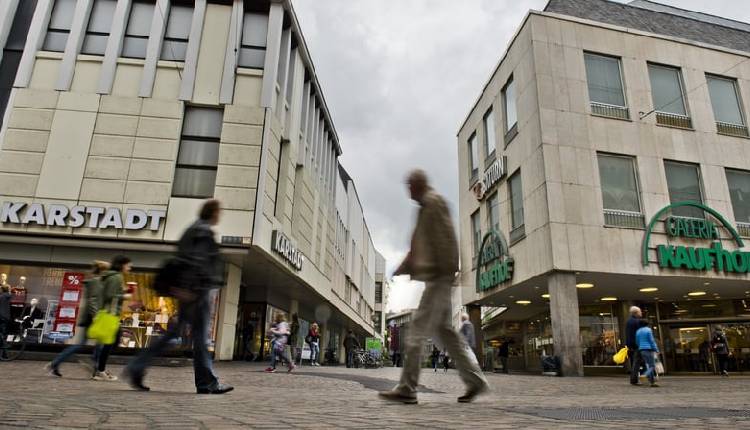German consumer sentiment is poised to decline slightly in July, ending a four-month streak of increases, as households left uncertain amid higher prices and a sluggish economy choose to save rather than spend, according to a survey released on Wednesday.
The consumer sentiment index, jointly published by GfK and the Nuremberg Institute for Market Decisions (NIM), unexpectedly dropped to -21.8 heading into July, down from a slightly revised -21.0 in June. Analysts surveyed by Reuters had anticipated an increase to -18.9.
This downturn in the index aligns with other indicators suggesting challenges ahead for Europe’s largest economy, following unexpected declines in Ifo’s business climate index and HCOB composite PMI this month.
“The interruption of the recent upward trend in consumer sentiment shows that the road out of the sluggish consumption will be difficult and there can always be setbacks,” noted NIM consumer analyst Rolf Buerkl.
Both income and economic expectations saw moderate declines, while the willingness to purchase remained stagnant at a low level and the tendency to save, already high, saw a slight increase.
“The slightly higher inflation rate in Germany in May is clearly causing more uncertainty among consumers again, which is also reflected in the increase in the willingness to save,” Buerkl explained. Inflation rose to 2.8 per cent in May, primarily due to higher service prices.
Buerkl emphasised that sustained recovery hinges on consumers having stability in their planning, which will return if inflationary pressures ease and there is clarity on future prospects.
“This also means that the government must quickly and clearly communicate the burdens and reliefs people will face as a result of the upcoming budget discussions,” Buerkl added.
The consumer climate indicator forecasts the trajectory of real private consumption in the subsequent month. An index reading above zero indicates year-on-year growth in private consumption, while a value below zero signifies a decline compared to the same period a year earlier.
According to GfK, each one-point change in the indicator corresponds to a 0.1 per cent year-on-year change in private consumption.
The “willingness to buy” indicator assesses respondents’ sentiment on whether it is a good time to make significant purchases. Meanwhile, the income expectations sub-index reflects expectations regarding household finances over the next 12 months, and the additional business cycle expectations index gauges perceptions of the general economic situation in the coming year.
Attribution: Reuters, GfK.


